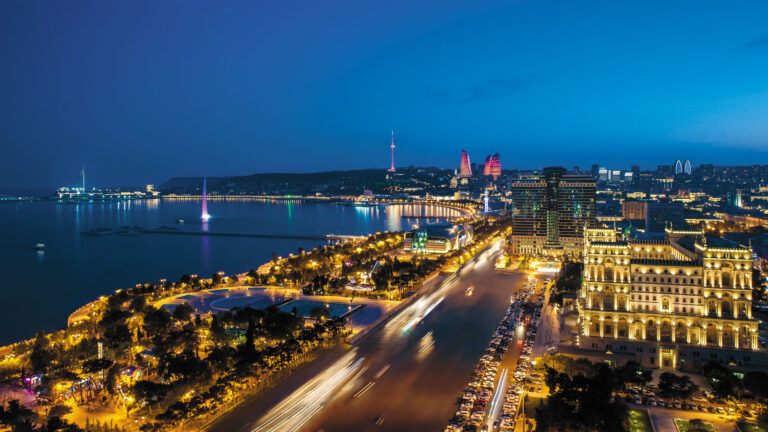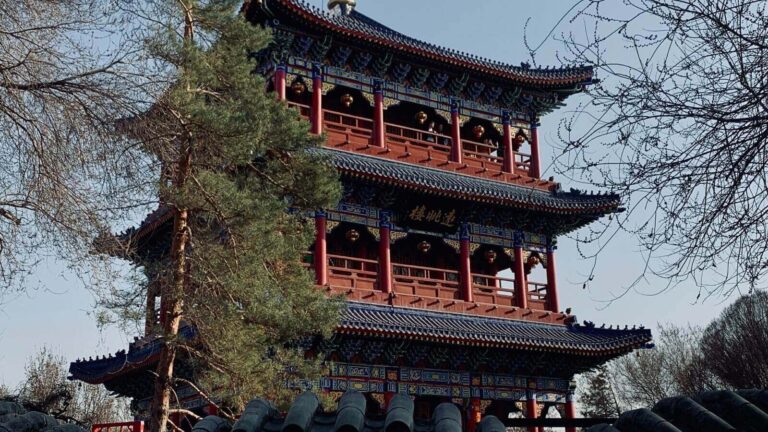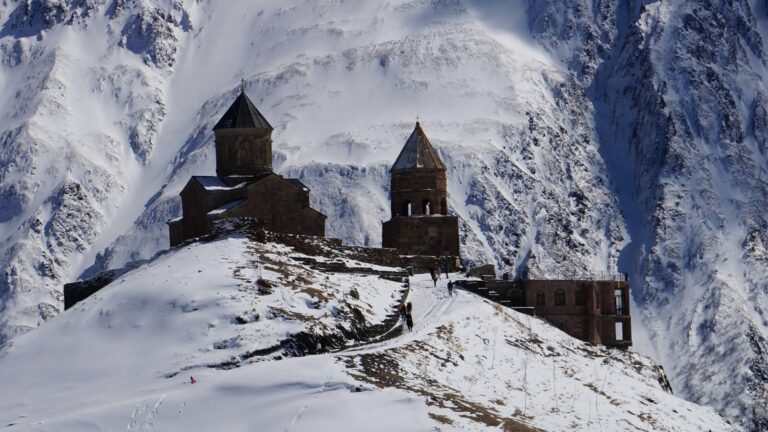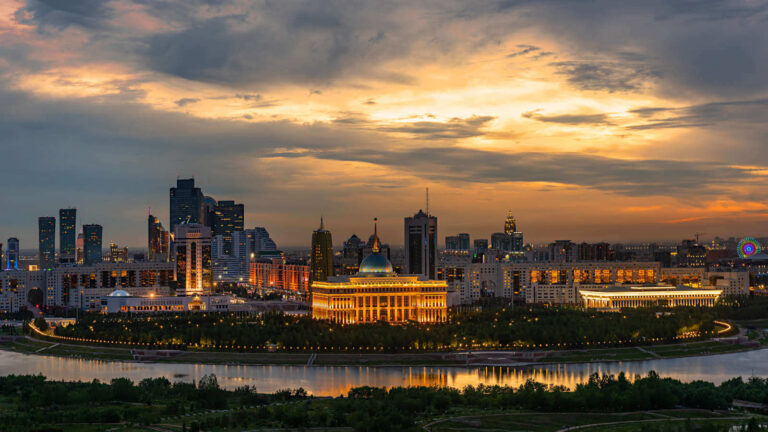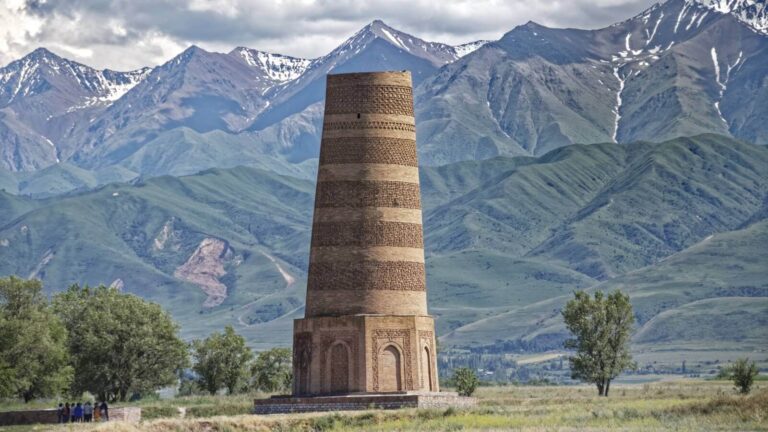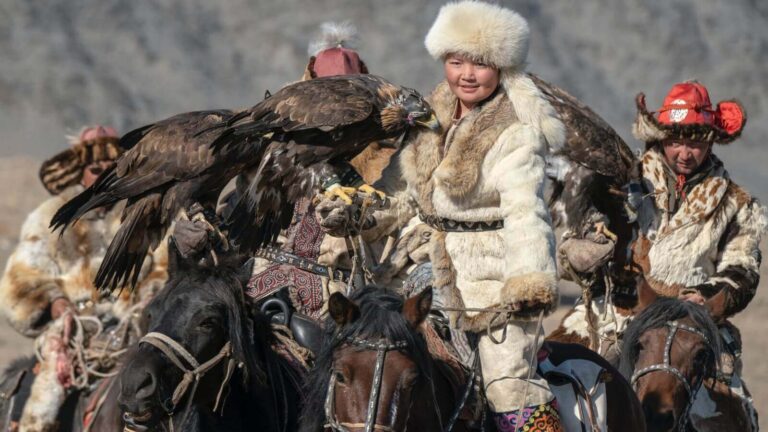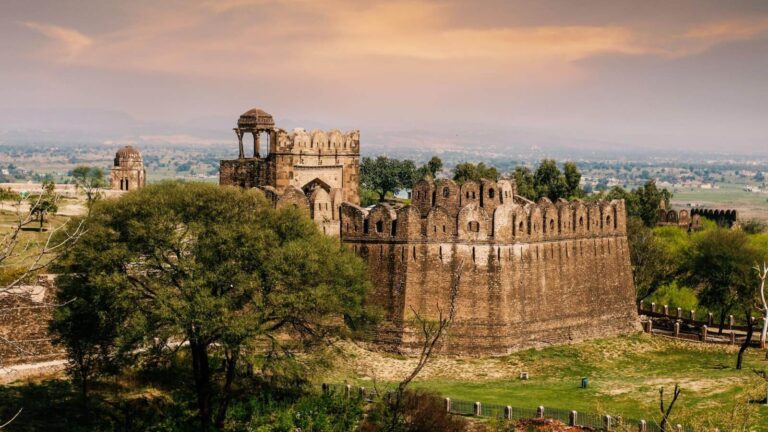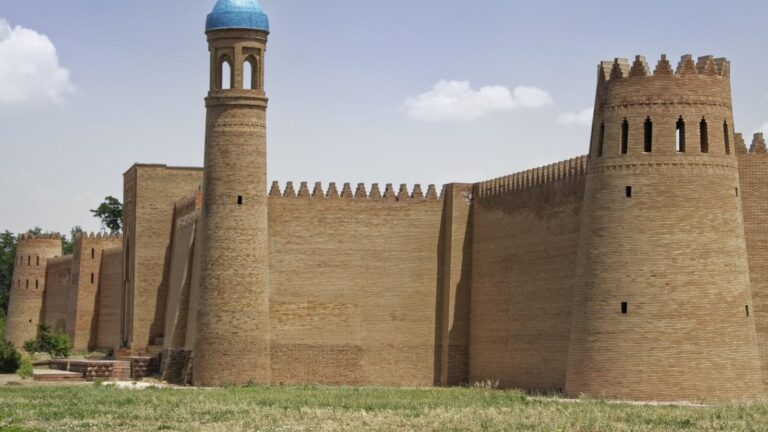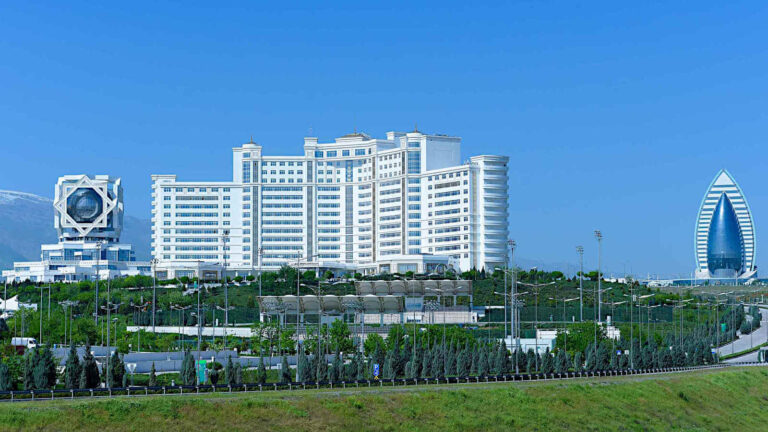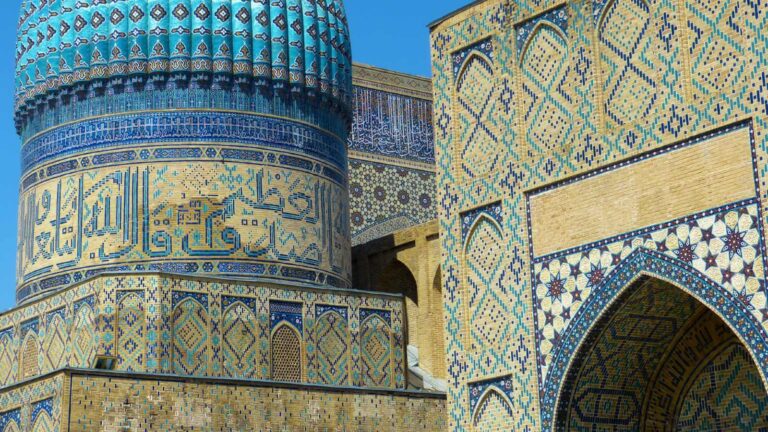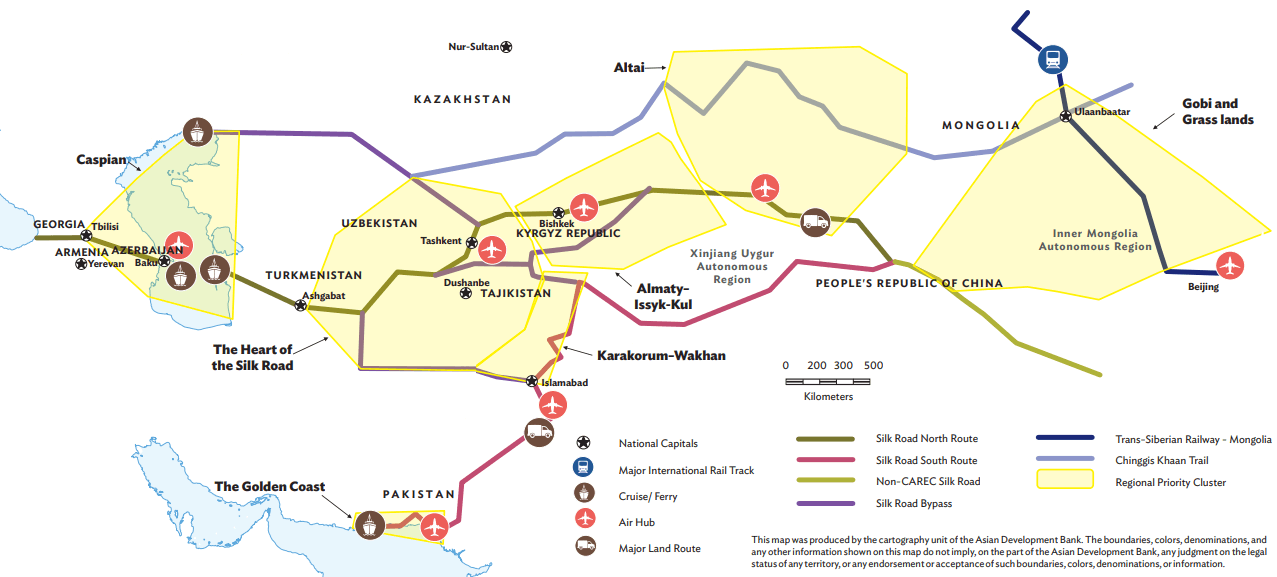
The Silk Road
The Silk Road has existed for thousands of years, passing through many different empires, kingdoms, reigns and societies throughout history.
At certain times in its long history, traders could travel freely along these routes, whereas at others, travel was difficult or dangerous. The Silk Road enriched the countries it passed through, transporting cultures, religions, languages and of course material goods into societies across Europe, Asia and Africa, and uniting them all with a common thread of cultural heritage and plural identities.
Look at a map of the Silk Road, from the Caucasus Mountains and the Caspian Sea in the west, across Central Asia and Pakistan, and then into Mongolia and China. The world’s highest mountains and deepest caves, mighty rivers and ominous deserts lie within these borders, and so too do some of the richest civilisations mankind has ever built.
History and Culture
The history of Eurasia is the history of humanity, and the Silk Road ties together its many parts. The Tianyuan Man, the name given to a 40,000 year-old skeleton found near Beijing in 2003, is likely to be a founding ancestor of many Asian populations; and Neanderthal remains discovered in Teshik-Tash Cave in Uzbekistan and in the southern Caucasus are only slightly more recent. We know from petroglyph sites across Central Asia that the region’s first populations were skilled hunters but also skilled artists, recording scenes from everyday life.
The intercontinental network of trading routes known as the Silk Road developed from the 2nd century BC, facilitating contact between diverse communities and the exchange of ideas as well as goods. There was a buoyant trade in everything from horses and camels to spices, textiles, and precious metals, and the profits from industry and commerce financed the construction of impressive cities, including at Maryi and Samarkand.
The concentration of wealth in cities made them attractive targets for invading armies, and so the names of infamous warriors dot the history of the Silk Road, Alexander the Great, Genghis Khan, Amir Timur, and Babur among them. These men wrought destruction, but it was often followed by periods of stability and even renaissance. The combination of economies of scale and authoritarianism enabled these rulers to undertake vast public works, including the construction of monuments, some of which survive to the present day.
What to See and Do
Every inch of the Silk Road has something to offer an adventurous tourist; the challenge is narrowing the options down to fit the time available and your budget. Of course, you should plan a travel itinerary based on your existing interests, but do try to include at least one experience which is outside your comfort zone: there are so many new things to discover.
One of the best ways to explore the Silk Road is by train. Ride the Trans-Mongolian Railway through seemingly endless grasslands to Ulanbaatar, or cross Central Asia in stages from Turkmenbashi to Tashkent onboard the Trans-Caspian Railway. Tashkent Metro, too, is a sight to behold with its fabulous stations, each one designed by a different artist or architect.
Culture lovers can plan a trip around the Silk Road’s many UNESCO World Heritage Sites. These range from natural landmarks such as the Uvs Nuur Basin and Tajik National Park, to archaeological sites such as Konye Urgench and Sarazm. And plenty of UNESCO monuments are still standing, from Mtskheta to Sheki, Bukhara to Samarkand, and Osh to Gaochang. In every place, commit to meeting local people, listening to their stories, tasting their foods, and learning more about their intangible cultural heritage.
